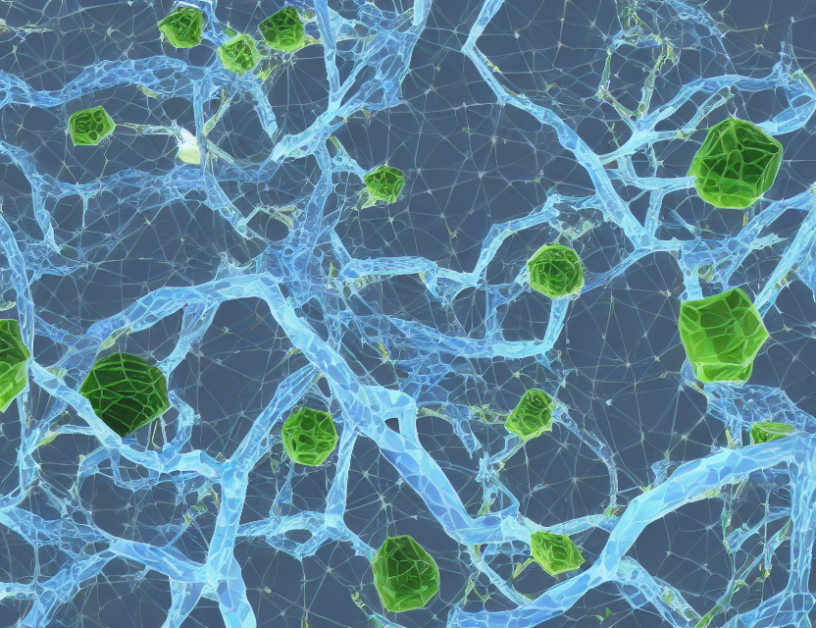Computational biology is a rapidly growing field that combines computer science and biology to analyze and understand complex biological systems. One powerful tool in this field is deep learning, a type of machine learning that can learn from large amounts of data and identify patterns that would be difficult for humans to detect. In this article, we will explore how deep learning methods are revolutionizing computational biology, addressing significant challenges, and improving our understanding of complex biological systems.
The Curse of Dimensionality
One of the biggest challenges in computational biology is the "curse of dimensionality." As the number of features (or dimensions) in a dataset increases, the volume of the space expands exponentially, making it difficult to analyze and interpret the data. This challenge is particularly relevant when working with high-dimensional sequencing data, which can lead to highly variable and often misleading estimates of true model performance.
Deep Learning: A Solution to the Curse of Dimensionality
To overcome these challenges, deep learning methods have been applied to computational biology. These methods learn from data rather than relying on manual feature extraction, capturing nonlinear dependencies in the sequence and spanning broader sequence context across multiple genomic scales via complex models that derive data representation through multiple layers of abstraction.
Deep Learning in Computational Biology: Addressing Challenges
Deep learning methods have shown significant promise in analyzing high-dimensional sequencing data, often outperforming traditional machine learning methods. These methods can help address challenges in computational biology, such as the "curse of dimensionality" and interpretability issues. However, there are still limitations to these methods, including the inherent "black box" nature of neural networks, which can make it difficult to understand the underlying biological mechanisms.
Significance Tests on Neural Networks: Addressing Biological Mechanisms
To address these challenges, significance tests on neural networks have been proposed to examine complex genotype-phenotype relationships. These tests can help build confidence in deep learning models and provide a better understanding of the underlying biological mechanisms. However, more research is needed to fully address the limitations of these methods.
Conclusion: Deep Learning for Computational Biology
In conclusion, deep learning methods have shown significant promise in analyzing high-dimensional sequencing data, addressing challenges in computational biology, and improving our understanding of complex biological systems. While there are still challenges to overcome, these methods hold great potential for revolutionizing the field of computational biology. As we continue to develop and refine these techniques, we can uncover new insights into the workings of biological systems and improve our ability to diagnose and treat diseases.



